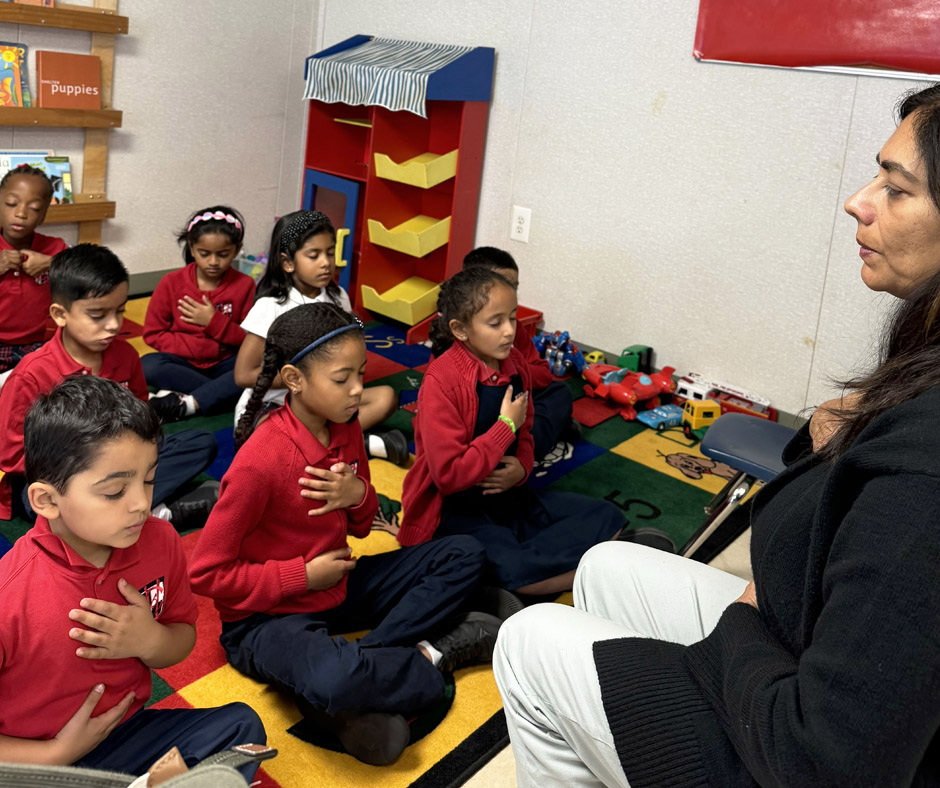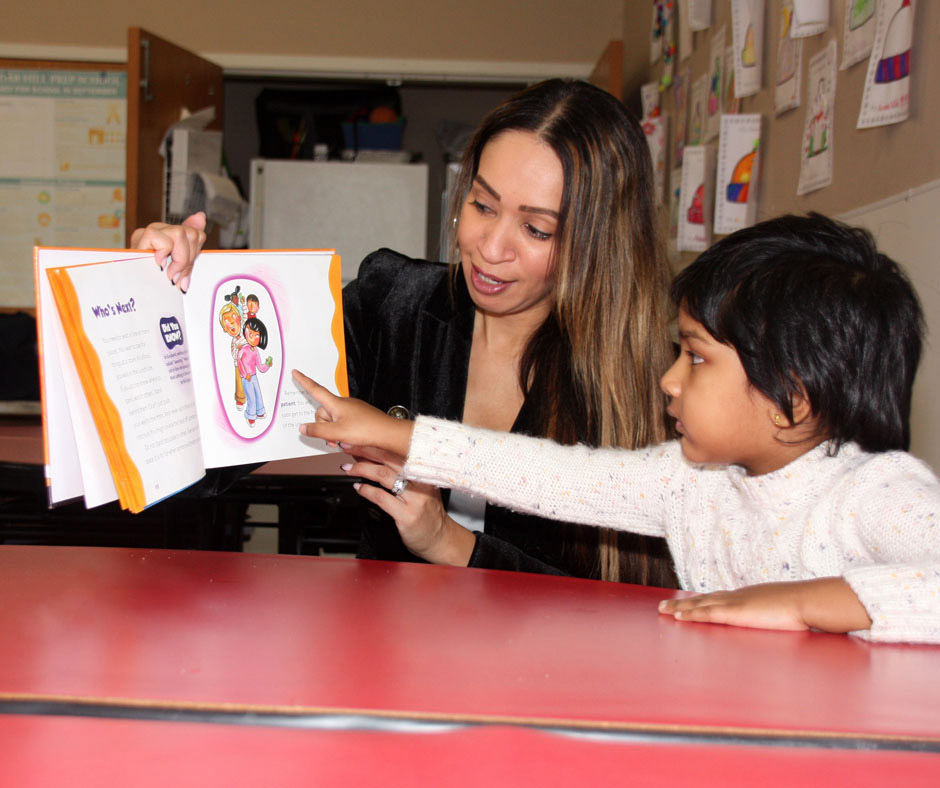

In today’s fast-paced world, children experience a wide range of emotions — excitement, frustration, fear, joy — often within the span of a single day. As educators and parents, partnering together to help children navigate these emotions in healthy ways is one of the most important investments we can make in their overall well-being.
According to the National Institute of Mental Health, approximately 17% of children aged 6-17 experience a mental health disorder each year. Emotional regulation skills learned early can play a critical role in building resilience and reducing future struggles.
Why Emotional Expression Matters
Research shows that children who learn to identify, express, and manage their emotions tend to perform better academically, have stronger friendships, and show fewer behavioral issues. A study from the Yale Center for Emotional Intelligence found that classrooms that focused on emotional skills saw a 20% improvement in academic performance.
When children feel safe expressing emotions — whether it’s sadness over a lost toy or frustration during a tough assignment — they are less likely to “act out” and more likely to seek help, communicate needs, and problem-solve.
As Anjalee Patel, our dedicated guidance counselor at Cedar Hill Prep, wisely states, “Emotional expression is such a significant skill for children to learn because they learn to understand their own emotions as well as those of others. This aids children in regulating their own responses to intense emotions.”
How Schools and Parents Can Work Together
Helping children express big emotions is most effective when schools and families use consistent strategies. Here are a few ways we can partner to support emotional growth:
1. Model Emotional Expression
Children learn by example. When adults name their feelings (“I’m feeling frustrated right now, and I’m taking a deep breath”) it teaches children that emotions are normal and manageable.
2. Create Safe Spaces
At school and at home, create environments where children feel safe to share their feelings without judgment. Simple phrases like “It’s okay to feel upset” validate emotions and open the door to deeper conversations.
3. Use Books and Storytelling
Stories are powerful tools for helping children understand emotions. Reading books that address feelings gives children language to express their own inner worlds.
4. Teach Coping Strategies
Breathing exercises, drawing feelings, or taking a break in a quiet corner are effective techniques for managing overwhelming emotions. According to the Collaborative for Academic, Social, and Emotional Learning (CASEL), programs that teach these strategies lead to a 27% increase in children’s social and emotional skills.
5. Encourage Problem-Solving
Instead of fixing every challenge, guide children to find solutions. Asking, “What do you think we could try next?” empowers children and builds their confidence.
Final Thoughts
When parents and educators work together to teach healthy emotional expression, we nurture not only happier children but also stronger learners and future leaders. Together, we can give our children the lifelong gift of emotional intelligence — the ability to understand themselves and connect compassionately with others.
Because when children know their feelings matter, they learn that they matter too.







